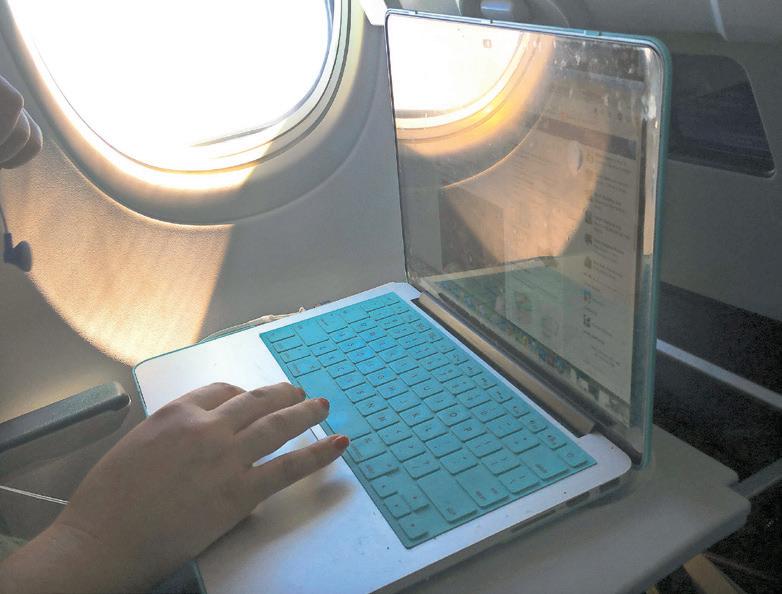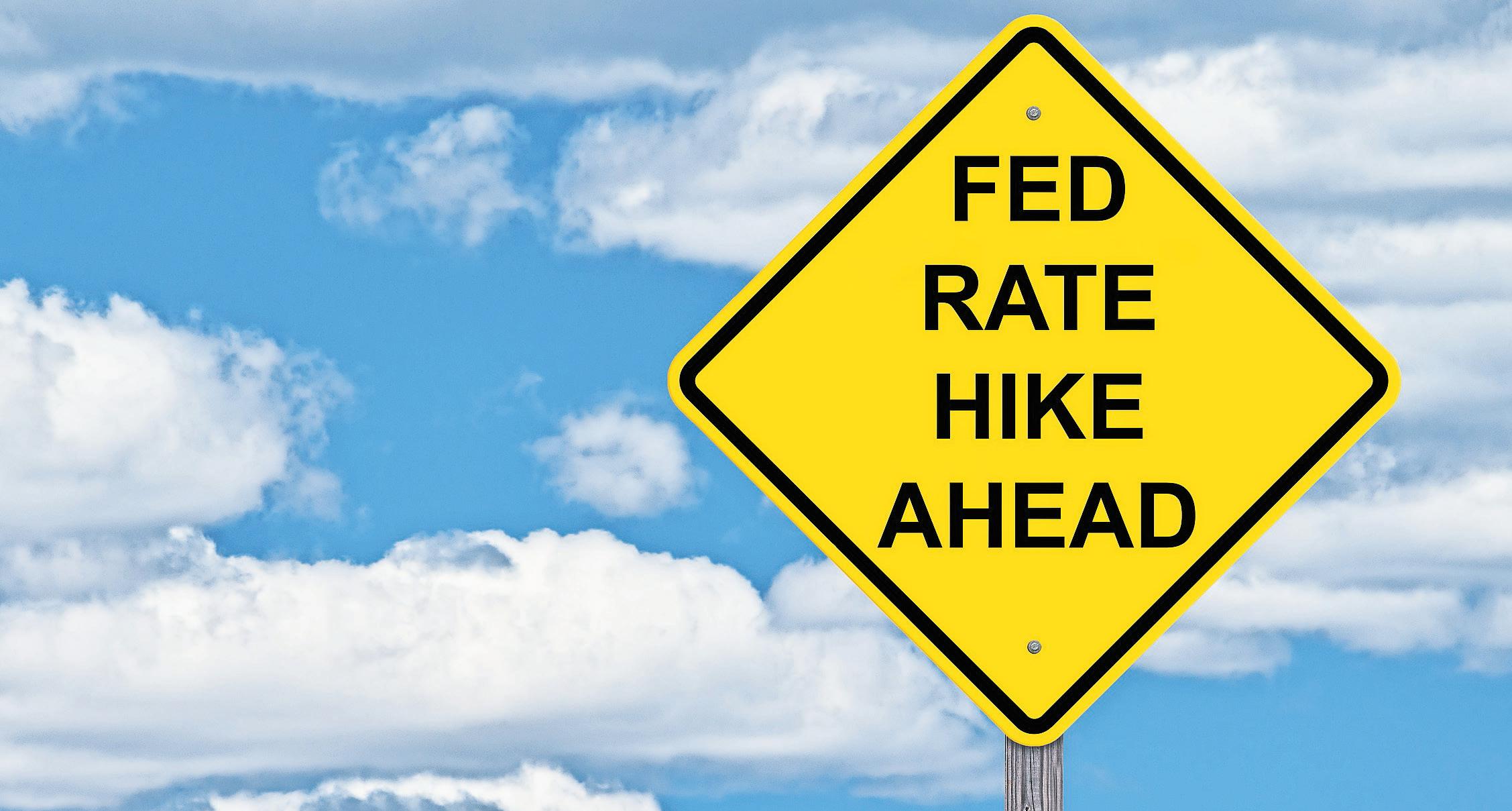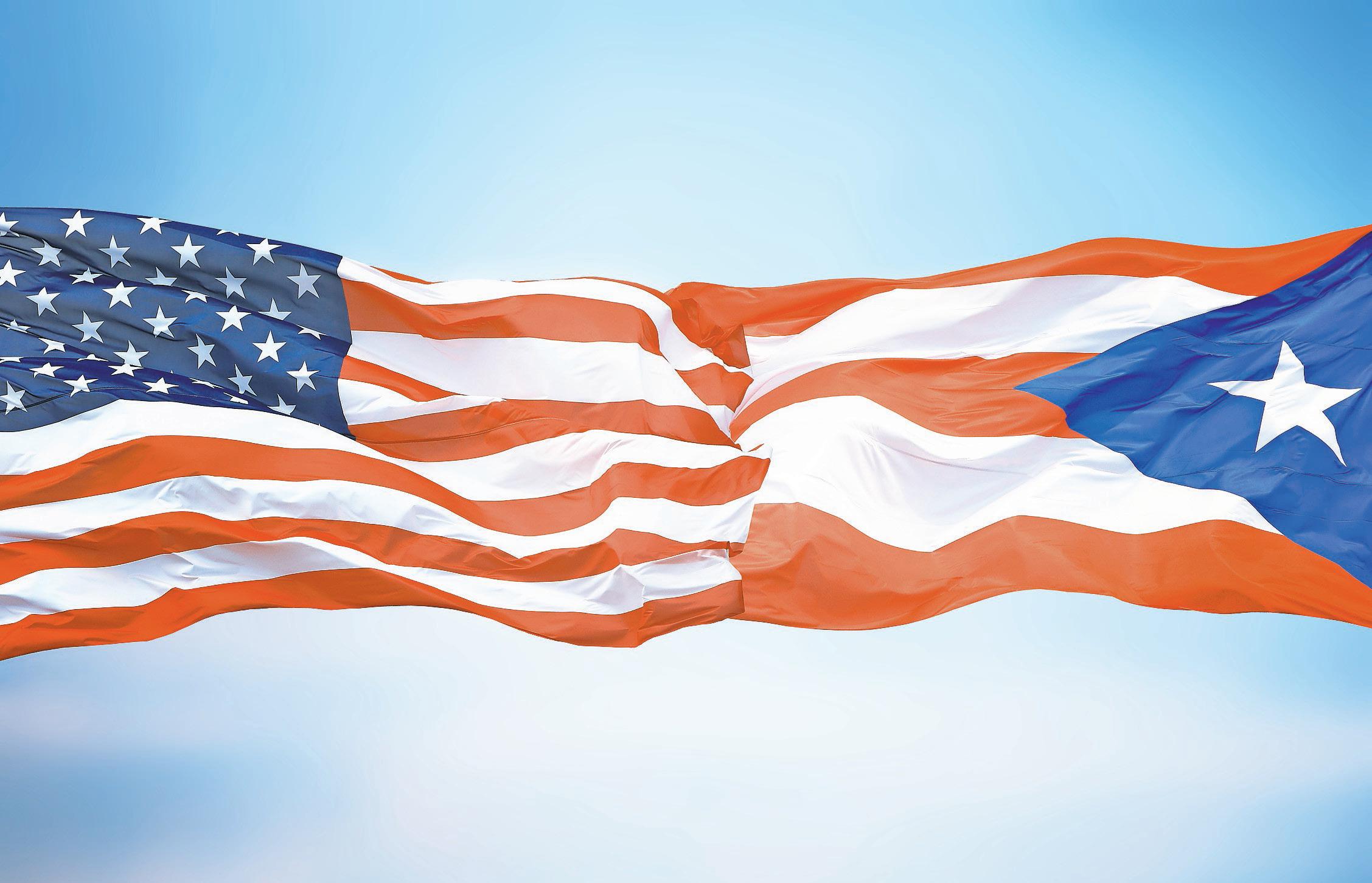
14 minute read
G5 leads in customer satisfaction
5G beat everybody in customer satisfaction
T-Mobile 5G customers are more satisfied with its cellular internet connection than other providers in the U.S.
Advertisement
By Juan A. Hernández, The Weekly Journal
T-Mobile came ahead of the herd of cellular and internet service providers in the U.S. –including industry’s heavyweights AT&T and Verizon– in a recent 5G service and customer satisfaction survey by Speedcheck, an internet performance testing and network diagnostics site.
According to the survey, consumers using 5G service for their internet cellular connection are more satisfied than those In fact, who only have access to 4G or 3G connections. The survey’s satisfaction index combined the T-Mobile is ahead “very satisfied” and “satisfied” of Verizon’s 3G/4G answers of participating experience by 6% customers. and surpasses AT&T
Speedcheck’s survey by just 2%. concludes T-Mobile 5G customers “are more satisfied” Source: Speedcheck with their 5G cellular internet connection than AT&T and Verizon 5G users by a margin of 9.5% and 7.8%, respectively. Also, T-Mobile’s customers using its 3G/4G connection, which the company still carries, are also more satisfied than customers from the competition. T-Mobile is ahead of Verizon’s 3G/4G experience by 6% and surpasses AT&T by just 2%. The new statistic turns the tables on AT&T and Verizon, who used to be the ones dominating the 3G/4G market.
The Background
When T-Mobile acquired Sprint in April 2020, it
brought the major wireless carrier choices from four down to three, but also afforded the company a two-year head-start in the development of the 5G network. The transaction included Sprint’s 2.5Ghz 5G carrier frequency, a so-called “Goldilocks” frequency in the mid-band that offers a fast 5G speed and long range. So, T-Mobile acquired “an excellent 5G service over a wide area” the survey states. In the meantime, both AT&T and Verizon opted for their low band and 600 and 800Mhz frequencies for their coverage. In the long run, this decision proved to be inadequate because, while the low band frequencies provide a longer range, they don’t support 5G speeds. On the other hand, while high band millimeter wave (mmWave) frequencies do provide high 5G speeds, higher frequencies mean limited coverage and does not penetrate walls easily.
But, despite the hurdle, AT&T and Verizon plan to up the ante with investments to reach 75 million and 100 million customers, respectively, by the end of the year, and the recent Federal Communications Commission (FCC) and Federal Aviation Authority decision to allow high-powered C-band frequency near airports is paving the way.
It is still to be seen whether AT&T and Verizon will be able to catch up to T-Mobile and how long it will take.
FAA clears Verizon and AT&T to turn on more 5G cell towers
David Koenig, The Associated Press
Federal safety regulators say they have cleared the way for Verizon and AT&T to power up more towers for new 5G service without causing radio interference with airplanes.
The Federal Aviation Administration said last week that it took the steps after receiving details from the telecommunications companies about the location of wireless transmitters.
The FAA’s move will let the companies activate 5G cell towers closer to airports without hindering the ability of planes to land during poor weather.
Verizon and AT&T declined to comment. Nick Ludlum, a spokesman for the telecommunications trade group CTIA, called it a “positive development that highlights the considerable progress the wireless industry, aviation industry, FAA and FCC are making to ensure robust 5G service and safe flights.”
The trade group Airlines for America issued a similar statement. Spokesman Carter Yang added that all sides are working on “a more efficient permanent solution” that will avoid disrupting air traffic as more 5G towers are activated.
Concern About Aviation Safety
Aviation groups and the FAA had warned that the companies’ 5G service, which uses part of the radio spectrum called C-Band, was too close to the spectrum range used by instruments that measure the height of planes above the ground — crucial information for landing in low visibility.
Verizon and AT&T, which spent billions to build 5G networks, disputed the FAA’s conclusions. But they twice agreed to delay launching new 5G and temporarily delayed it around many airports even
as they began offering the service in many U.S. cities on Jan. 19. Since the dispute came to a head earlier this month, the FAA has cleared most types of airline planes — 90% of the U.S. fleet — to operate around 5G signals, saying that their heightmeasuring devices, called radio altimeters, are safe Concern about new high-speed wireless from radio interference. service interfering with airplanes appears Dire predictions of to be easing. > AP Photo/Bill Sikes, File thousands of canceled flights did not come true, but dozens of flights have been grounded by 5G concerns, including U.S.-bound international flights last week and some domestic flights this week at Paine Field near Seattle. Some small airline planes, notably a group of Embraer regional jets, have not been cleared.


How Fed hikes could affect mortgages, car loans, card rates
Christopher Rugaber, The Associated Press
Will mortgage rates go up? How about car loans? Credit cards?
How about those nearly invisible rates on bank CDs — any chance of getting a few dollars more?
With the Federal Reserve signaling last week that it will begin raising its benchmark interest rate as soon as March — and probably a few additional times this year — consumers and businesses will eventually feel it.
The Fed’s thinking is that with America’s job market essentially back to normal and inflation surging well beyond the central bank’s annual 2% target, now is the time to raise its benchmark rate from near zero.
The Fed had slashed its key rate after the pandemic recession erupted two years ago. The idea was to support the economy by encouraging borrowing and spending. But now, by making loans gradually costlier, the Fed hopes to stem the surging price increases that have been squeezing consumers and businesses.
Here are some questions on what this could mean for consumers and businesses. don’t usually rise in tandem with the Fed’s rate increases. Sometimes they even move in the opposite direction. Long-term mortgages tend to track the rate on the 10-year Treasury, which, in turn, is influenced by a variety of factors. These include investors’ expectations for future inflation and global demand for U.S. Treasurys. When inflation is expected to stay high, investors tend to sell Treasurys because the yields on those bonds tend to provide little to no return once you account for inflation. As that happens, the selling pressure on the bonds tends to force Treasurys to pay higher rates. Yields then rise in response. The result can be higher mortgage rates. But not always. keeping mortgage rates relatively low.
What about other kinds of loans?
For users of credit cards, home equity lines of credit and other variableinterest debt, rates would rise
In fact, by roughly the same amount as the Fed hike. That’s because those rates are based in part on banks’ prime rate, which moves By making loans in tandem with the Fed. gradually costlier, Those who don’t qualify for the Fed hopes to such low-rate credit card offers stem the surging might be stuck paying higher price increases that interest on their balances because have been squeezing the rates on their cards would rise consumers and as the prime rate does. businesses. The Fed’s rate hikes won’t necessarily raise auto loan rates. Car loans tend to be more sensitive to competition, which can slow the rate of increases.
Does that mean home-loan rates won’t raise much any time soon?
Not necessarily. Inflation is far exceeding the Fed’s 2 percent target. Fewer investors are buying Treasurys as a safe haven. And with numerous Fed rate hikes expected, the rate on the 10-year note could rise over time — and so, by extension, would mortgage rates.
It’s just hard to say when.
On the other hand, even when Treasury yields are comparatively low relatively to inflation, as they are now, investors often still flock to them. That’s especially true at times of global turmoil. Nervous investors from around the world often pour money into Treasurys because they are regarded as ultrasafe. All that buying pressure tends to keep a lid on Treasury rates, which generally has the effect of
Would I finally earn a better than measly return on CDs and money market accounts?
Probably, though it would take time. Savings, certificates of deposit and money market accounts don’t typically track the Fed’s changes. Instead, banks tend to capitalize on a higher-rate environment to try to thicken their profits. They do so by imposing higher rates on borrowers, without necessarily offering any juicer rates to savers.
The exception: Banks with high-yield savings accounts. These accounts are known for aggressively competing for depositors. The only catch is that they typically require significant deposits.
Javier A. Hernández
Entrepreneur and writer
Puerto Rico sovereignty: New opportunities for American businesses
In 2020, Puerto Rico celebrated its sixth status plebiscite, just as recent events in Puerto Rico and the U.S. have led not just to the political and economic demise of the Commonwealth, but the statehood option as well. With only 27% of all registered voters supporting statehood in 2020 and 67% of the people not voting for the pro-statehood governor, there certainly is no mandate for Puerto Rico statehood and Congress knows this.
In 2014, the U.S. Congress’ Government
Accountability Office (GAO) published a report that explained how statehood would negatively impact both the Puerto Rican and U.S. economies. According to this report, the increased federal tax burdens of statehood, up to $11.6 billion alone, would decimate the Puerto Rican economy, consolidate welfare dependency on federal funds, and push American companies, along with thousands of Puerto Rican professionals, to leave Puerto Rico, which would further exacerbate Puerto Rico’s economic debacle. Realizing that both the Commonwealth and Statehood options promote dependency and poverty in Puerto Rico, where are entrepreneurs and investors going to turn to in regard to long-term investments and operations in Puerto Rico?
Most Puerto Ricans, particularly young professionals, realize that statehood is not a viable option for their country for political, economic, and cultural reasons. Today, after 124 years of undemocratic colonial rule, Puerto Ricans and Americans have an opportunity to be on the right side of history and forge the path towards decolonization via sovereignty, either via
Independence or Free Association - a dignified political relationship whereby Puerto Rico would become a sovereign nation, yet associated with the United States as an ally and economic partner. Today, the U.S. has three such beneficial relationships with three Pacific Island nations.
Thankfully, Free Association is the status option with the largest growth margin of support in modern Puerto Rico, going from 0.29% of the vote in the 1998 plebiscite to 33.3% of the vote in the 2012 plebiscite. In the 2012 plebiscite, both sovereignty options together garnered almost 40% of the vote – not too bad when one considers that pro-sovereignty advocates have been persecuted by the colonial regime and statehooders for over a century. The fear of freedom is slowly wearing off. In the recent 2020 elections, the Puerto Rican
Independence Party (PIP) received renewed electoral support and various pro-sovereignty candidates were elected to Puerto Rico’s legislature. The tides are turning.
According to estimates discussed in my recently published book, “Puerto Rico: The Economic Case for Sovereignty”, a Republic of Puerto Rico with only a robust customs system at all of our ports of entry and a competitive 15% tax on multinational corporations (a tax rate defended by the United States) would be able to generate $17.6 billion in revenues, which is $8.6 billion more than Puerto Rico’s current operating budget of $9 billion. As you can see, sovereignty is the option of real economic growth and development. A sovereign Puerto Rico would prioritize specific strategic sectors that the government would incentivize, such as industry, tourism, technology, pharmaceutical, aerospace, and scientific sectors, among others. American companies would benefit since they would be able to invest in these priority sectors as well, furthering our national economic development goals. While statehood would supposedly bring in more funds for food stamps; sovereignty, on the other hand, would finally open Puerto Rico to many economic opportunities.
For entrepreneurs considering their future operations in Puerto Rico, sovereignty offers

stability, transparency, rule of law, and a dignified relationship with the United States based on sovereignty, free transit of peoples and goods, common interests, and a path forward that would greatly benefit our important business communities. For entrepreneurs, now is the time to embrace and support sovereignty, democracy, economic development, and a new relationship between our two nations.
Our future as a free, prosperous, and democratic nation depends on it.
There is much more to mindfulness than the popular media hype
Pierce Salguero, Associate Professor of Asian History & Religious Studies, Penn State University
Mindfulness is seemingly everywhere these days. A Google search I conducted in January 2022 for the term “mindfulness” resulted in almost 3 billion hits. The practice is now routinely offered in workplaces, schools, psychologists’ offices and hospitals all across the country.
Most of the public enthusiasm for mindfulness stems from the reputation it has for reducing stress. But scholars and researchers who work on mindfulness, and the Buddhist tradition itself, paint a more complex picture than does the popular media.
Medicalizing Meditation
Mindfulness originated in the Buddhist practice of “anapana-sati,” a Sanskrit phrase that means “awareness of breath.” Buddhist historian Erik Braun has traced the origins of the contemporary popularity of meditation to colonial Burma – modern-day Myanmar – in the late 19th and early 20th centuries. Meditation, which was practiced almost exclusively inside monasteries until then, was introduced to the public in a simplified format that was easier to learn.
The process of translating the Buddhist practice of meditation across cultural divides transformed the practice in significant ways. Modern meditation often has different goals and priorities than traditional Buddhist meditation. It tends to focus on stress reduction, mental health or concrete benefits in daily life instead of spiritual development, liberation or enlightenment.
A pivotal moment in this transformation was the creation of the Mindfulness-Based Stress Reduction (MBSR) protocol by Jon Kabat-Zinn, a professor of medicine at the University of Massachusetts Medical School, in 1979. The stress reduction program introduced a standardized way of teaching meditation to patients so that its health benefits could be more rigorously measured by scientists. Research on this new kind of “medicalized” mindfulness began to gather steam in the past two decades. As of today, there are over 21,000 research articles on mindfulness in the National Library of Medicine’s online database — two and a half times as many articles as have been published on yoga, tai chi and reiki combined.

Scientific Evidence vs. Mindfulness Hype
Medical researchers themselves have had a far more measured opinion about the benefits of meditation than the popular press. For example, a 2019 meta-analysis, which is a review of many individual scientific studies, pointed out that the evidence for the benefits of mindfulness and other meditation-based interventions has “significant limitations” and that the research has “methodological shortcomings.”
Based on their review of the scientific literature, the authors warned against falling prey to “mindfulness hype.” On the positive side, they found various forms of meditation to be more or less comparable to the conventional therapies currently used to treat depression, anxiety, chronic pain and substance use. On the other hand, they concluded that more evidence is needed before any strong claims can be made regarding treatment of conditions such as attention disorders, PTSD, dysregulated eating or serious mental illnesses.
Putting Mindfulness Back Into Context
As a historian of the relationship between Buddhism and medicine, I argue that mindfulness can be a beneficial practice for many people, but that we should understand the broader context
in which it developed and has been practiced for centuries. Mindfulness is one small part of a diverse range of healing techniques and perspectives the Buddhist tradition has developed and maintained over many centuries. In a recent book, I have traced the global history of the many ways that the religion has contributed to the development of medicine over the past 2,400 years or so. Buddhist tradition advocates countless contemplations, devotional practices, herbal remedies, dietary advice and ways of synchronizing the human body with the environment and the seasons, all of which are Modern meditation often has related to healing. different goals and priorities These ideas and practices are than traditional Buddhist meditation. It tends to focus on enormously influential around the world as well as in Buddhist stress reduction, mental health communities in the U.S. Such interventions or concrete benefits in have been particularly daily life. visible during the COVID-19 pandemic – for example, through the medical charity of major international Buddhist organizations as well as through health advice given by high-profile monastics such as the Dalai Lama. Medicalized meditation is now a self-help commodity that generates over $1 billion per year, leading some critics to label it “McMindfulness.” But placing mindfulness back into a Buddhist ethical context shows that it is not enough to simply meditate to reduce our own stress or to more effectively navigate the challenges of the modern world.




